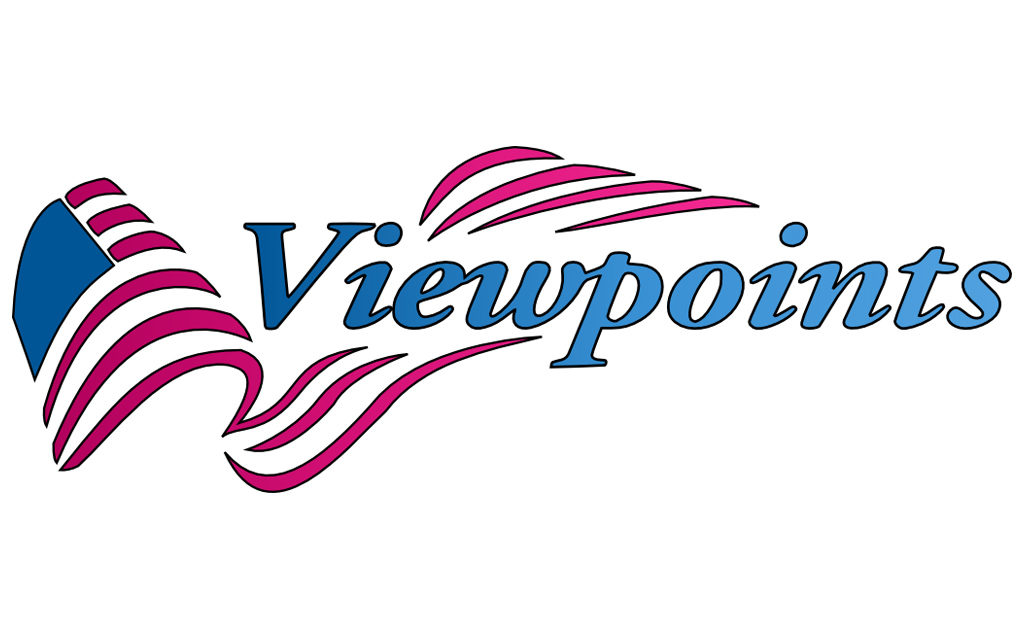by Merrill Matthews
Americans are already unhappy with the cost of prescription drugs. They may get a whole lot unhappier when they learn how some companies game the system at patients’ expense.
The Government Accountability Office (GAO) just released an investigation into the prescription drug industry. It shows just how much some Medicare insurance plans and pharmacy benefit managers (PBMs) are ripping off patients, leaving little doubt that it’s time for Congress to step in.
Nearly 50 million Medicare recipients are enrolled in Part D, a program in which private insurance companies provide beneficiaries with drug coverage. For some drugs, Part D plans may require patients to pay out of their own pockets a coinsurance fee — a percentage of the cost of a medication. Most seniors believe their coinsurance is based on what the insurance company pays for drugs. It turns out that’s often not the case.
In fact, the GAO report found that as a group, Part D patients paid four times more than insurers for many drugs.
Insurance companies set coinsurance fees based on different “tiers” and a medication’s “list price”– i.e., the full, published cost of a drug. But insurers may pay much less because PBM middlemen negotiate discounts and rebates from the drug manufacturers in exchange for favorable placement on formularies, which are the insurers’ lists of preferred medicines.
Consider a drug with a $400 monthly list price. After discounts and rebates, the insurer may pay just $50 for a one-month supply. Yet the insurer calculates the patient’s out-of-pocket share as a portion of the $400 list price, not the $50 the company actually pays. If the coinsurance were 20%, the patient would pay $80 at the pharmacy rather than $10 (i.e., 20% of $50).
Thus, the patient would pay the insurer $30 more than the insurer paid for the drug after discounts and rebates. And that’s over and above the Part D insurance premiums, which are supposed to cover the insurer’s cost.
The GAO report says that in 2021, Medicare enrollees spent $21 billion on 79 of the 100 drugs receiving the most rebates. But after rebates and discounts, the health plans paid only $5.3 billion for those same medications.
It’s unclear how much of this profit the insurance company may kick back to the PBM, because the industry is purposely opaque. The murkiness is made worse by the fact that three major health insurers — Aetna, Cigna and UnitedHealthcare — or their parent companies own the three biggest PBMs — CVS Caremark, Express Scripts, and OptumRx, respectively. Together, they control nearly 80% of the U.S. market for prescription drugs.
The current practices place the greatest financial burden on the Medicare recipients with the most medical needs, and may make the difference between whether or not a cash-strapped patient adheres to a regimen of lifesaving medication.
Since a rebate is a portion of the list price, there is an economic incentive for PBMs to design formularies that favor the more expensive medicines.
These practices probably won’t be fixed without legislation that realigns the economic incentives. One proposal, the Patients Before Middlemen Act, would mandate that PBMs receive flat, transparent service fees rather than compensation based on the cost of drugs.
It’s time to reform a system that costs patients, taxpayers, and the entire American health care system far more than it should. More transparency has a way of lowering costs for patients — and the country.
Merrill Matthews is a resident scholar with the Institute for Policy Innovation in Dallas, Texas. Follow him on Twitter @MerrillMatthews.





